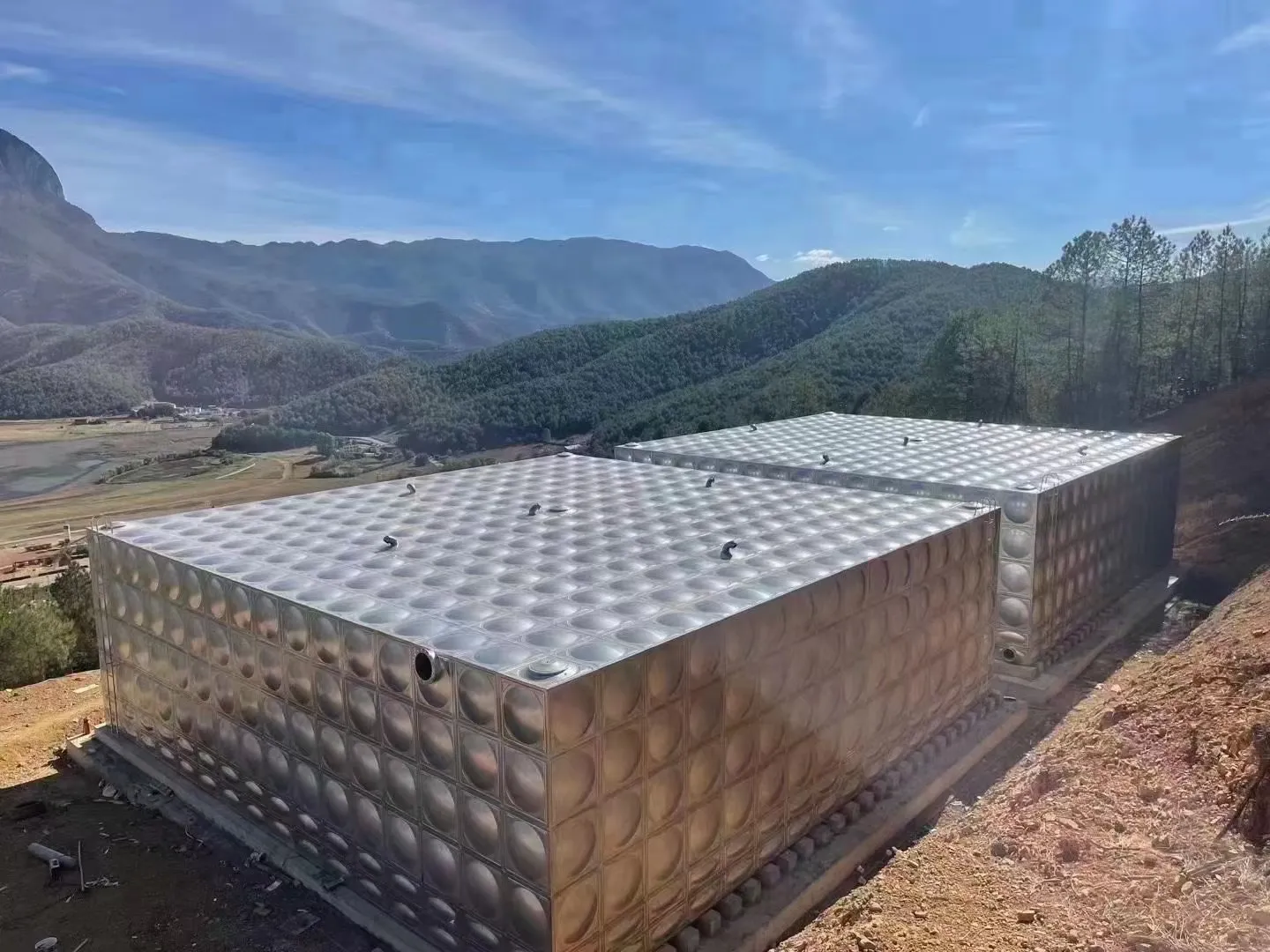loading...
- No. 9, Xingyuan South Street, Dongwaihuan Road, Zaoqiang County, Hengshui, Hebei, China
- admin@zjcomposites.com
- +86 15097380338
- Welcome to visit our website!
Cost Analysis of Fiberglass Rebar for Construction Applications
Understanding Fiberglass Rebar Prices Factors and Trends
Fiberglass rebar, an advanced construction material made from fiberglass composites, has gained popularity due to its exceptional properties, including corrosion resistance, lightweight structure, and tensile strength. As traditional steel rebar faces challenges such as rust and degradation in harsh environments, fiberglass rebar emerges as a viable alternative, especially in applications such as bridges, marine structures, and roadways. However, one of the critical factors influencing the adoption of fiberglass rebar is its price. This article explores various aspects that contribute to the pricing of fiberglass rebar, current market trends, and its overall value in construction projects.
Factors Influencing Fiberglass Rebar Prices
1. Raw Material Costs The primary components of fiberglass rebar include resin and fiberglass strands. Fluctuations in the prices of these raw materials can significantly affect the final cost of the product. For instance, increases in oil prices can lead to higher resin costs, subsequently impacting the overall price of fiberglass rebar.
2. Manufacturing Processes The production techniques used to create fiberglass rebar are more complex compared to traditional steel rebar. The processes involve precision in engineering and advanced manufacturing technologies, which can raise the cost. Innovations in manufacturing may eventually lead to more competitive pricing as production efficiency improves.
3. Market Demand The demand for fiberglass rebar has been steadily increasing, particularly in sectors that require durable and corrosion-resistant materials. As awareness of its benefits grows, more construction projects are integrating fiberglass rebar, influencing its price dynamics. A surge in demand can lead to higher prices, especially if the supply cannot keep pace.
4. Geographical Variations The availability of fiberglass rebar and its associated prices can vary widely based on geographical location. In regions where fiberglass rebar is produced in abundance, prices may be lower compared to areas where it has to be imported. Transportation costs also play a role, adding to the overall price in areas far from manufacturing facilities.
5. Regulatory Factors Compliance with construction standards and regulations can affect pricing. Fiberglass rebar must meet specific safety and performance criteria. Manufacturers need to invest in testing and certifications, and these costs can be passed on to consumers.
fiberglass rebar price

Current Market Trends
As of 2023, the market for fiberglass rebar is experiencing a shift. With an increasing number of construction projects highlighting sustainability and longevity, the awareness of the benefits of fiberglass rebar continues to rise. Some market analyses predict a continued increase in fiberglass rebar use, particularly in coastal and industrial applications where corrosion is a significant concern.
Additionally, competitive pricing strategies are emerging as several manufacturers seek to enhance market penetration. Innovations in production technology and methods are likely to lower production costs over time, which could lead to more affordable pricing for consumers.
Economic Value
While fiberglass rebar may have a higher upfront cost compared to traditional steel rebar, it offers significant long-term economic value. Its resistance to rust and chemical deterioration reduces maintenance costs over the life cycle of structures. Furthermore, the lightweight nature of fiberglass rebar can lower transportation and installation costs. Considering these factors, many construction professionals view fiberglass rebar as a cost-effective investment in the long run.
Conclusion
Understanding fiberglass rebar prices involves a multifaceted consideration of raw material costs, manufacturing processes, market demand, and geographical influences. Despite the higher initial price point, the long-term advantages it offers make it a worthwhile alternative to traditional steel rebar. As trends continue to favor sustainable and durable construction materials, fiberglass rebar is poised for greater market acceptance, with potential for prices to stabilize as production efficiencies increase. In this dynamic landscape, staying informed about pricing and market trends is essential for making sound construction decisions.
-
The Rise of FRP Profiles: Strong, Lightweight, and Built to LastNewsJul.14,2025
-
SMC Panel Tanks: A Modern Water Storage Solution for All EnvironmentsNewsJul.14,2025
-
GRP Grating: A Modern Solution for Safe and Durable Access SystemsNewsJul.14,2025
-
Galvanized Steel Water Tanks: Durable, Reliable, and Ready for UseNewsJul.14,2025
-
FRP Mini Mesh Grating: The Safer, Smarter Flooring SolutionNewsJul.14,2025
-
Exploring FRP Vessels: Durable Solutions for Modern Fluid HandlingNewsJul.14,2025
-
GRP Structures: The Future of Lightweight, High-Performance EngineeringNewsJun.20,2025
